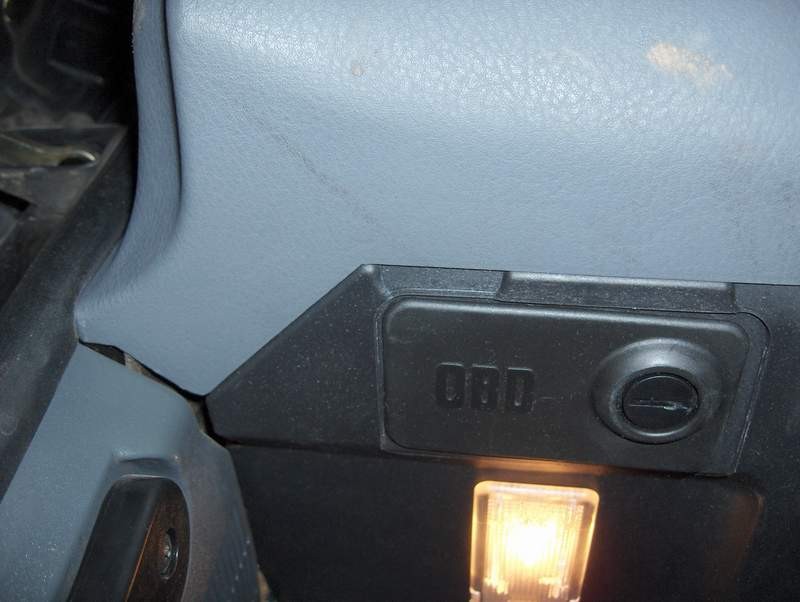Dealing with a check engine light in your BMW E36 can be concerning. Like many owners of this classic car, you might be wondering if a trip to the mechanic is immediately necessary. However, before you schedule an appointment and potentially face hefty diagnostic fees, there’s a simple first step you can take: check the diagnostic trouble codes (DTCs) yourself using an OBD2 scanner. But to do that, you first need to locate the E36 Obd2 Port.
For those familiar with modern cars, finding the OBD2 port is usually straightforward. In many vehicles, especially those from the US market, the port is often visibly located under the driver’s side dashboard. However, BMW, in their typical fashion, decided to make things a little less obvious in the E36. When I first attempted to connect my OBD2 scan tool to my wife’s 1997 BMW 328i, I encountered a slight hurdle: the port wasn’t immediately visible. Online forums offered some confusing information, with some suggesting it was under the hood with a unique BMW connector. Others mentioned it was under the dash but hidden.
After a bit of investigation, armed with a flashlight and some patience, I discovered that the e36 obd2 port is indeed located under the dashboard, but cleverly concealed. BMW placed a cover over it, labeled “OBD,” but the placement and angle make it easily missed unless you know exactly where to look and get your head under the dash for a better view. The good news is, accessing it is quite simple once you know the trick.
Locating and Accessing the E36 OBD2 Port
The OBD2 port in your BMW E36 is not hidden in some obscure location; it’s just discreetly covered. Here’s a step-by-step guide to help you find and access it:
Step 1: Locate the Cover
Get down to floor level on the driver’s side and look upwards under the dashboard, near the center console. You’re looking for a small, rectangular cover. In most E36 models, this cover is black and will blend in with the surrounding trim in the shadows under the dash.
Step 2: Open the OBD2 Port Cover
Once you’ve located the cover, you’ll see a small, coin-slot screw head on it. Use a coin or a flat-head screwdriver to turn this screw. A quarter or similar sized coin works perfectly. Turn the screw, and the cover will unlatch and hinge downwards, remaining attached by a tether.
Step 3: Access the OBD2 Connector
With the cover open, you’ll now see the standard 16-pin OBD2 connector. It might also have a protective cap on it. If there is a cap, simply pull it off. Like the main cover, this cap is also tethered, so you don’t have to worry about losing it. With the cap removed, the e36 obd2 port is now fully accessible and ready to use with your OBD2 scanner.
Why This Matters: DIY Diagnostics and Saving Money
Being able to locate and access your e36 obd2 port opens up a world of DIY car diagnostics. Instead of immediately rushing to a mechanic when the check engine light illuminates, you can connect an inexpensive OBD2 scanner and read the trouble codes yourself. This simple action can provide valuable insights into what might be causing the issue.
In my case, the check engine light on our BMW E36 was triggered by a historical coolant sensor reading, likely due to a temporary electrical fluctuation after a battery change. By using my OBD2 scan tool, I was able to identify the issue, clear the code, and confirm that it didn’t return. This saved me a potentially unnecessary trip to the mechanic and the associated diagnostic costs. For a small investment in an OBD2 scanner, you can empower yourself to understand your car better and potentially save significant money on car repairs in the long run.
Finding the e36 obd2 port might require a little bit of searching under the dash, but it’s a straightforward process. Knowing how to access it is a valuable skill for any BMW E36 owner, enabling you to take a proactive approach to car maintenance and diagnostics.
